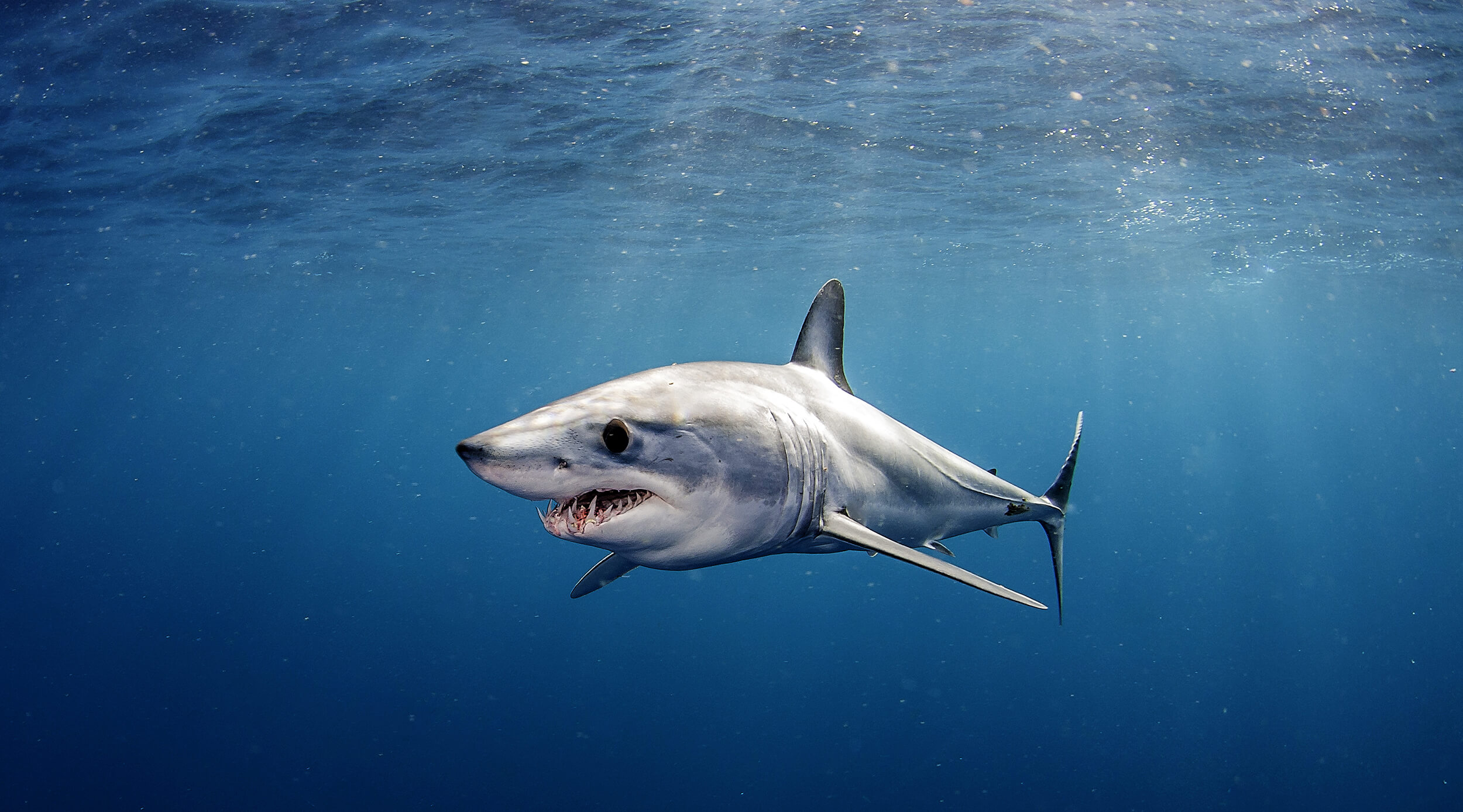A new study estimates no-take reserves that extend between 10 and 50 kilometres along coral reefs can achieve significant improvements in populations of reef sharks
Read MoreA proposed treaty is being developed under the U.N. Convention on the Law of the Sea (UNCLOS) which define nations' rights and responsibilities for use of the world's oceans…
Read MoreOn Tuesday, May 5, 2020 , the whale shark, giant oceanic manta ray and the reef manta ray were added to Taiwan's list of protected species…
Read MoreThere have been reports of unusually large numbers of basking sharks along the western seacoast of Ireland from Cork to Mayo, in particular off the Clare coast.
Read MoreResearchers have traced the origins of shark fins from the retail market in Hong Kong back to the location where the sharks were first caught.
Read MoreProtecting and preserving marine life is what the Shark Research Institute does, so a study that shows how we can rebuild the ocean's marine life by 2050 is great news!
Read MoreThe bubble-gum pink manta ray, named “Inspector Clouseau” in homage to the detective from the Pink Panther films.
Read MoreBangladesh is updating its Wildlife (Conservation and Security) Act, 2012, to protect CITES-listed sharks and rays.
Read MoreIn 2014, the skeleton of Spinosaurus aegypiacus revealed that the giant theropod of the Cretaceous period was semiaquatic.
Read MoreThe new shark belongs to the genus Phoebodus, which until now consisted only of tooth remains, and represents a previously unknown species now named Phoebodus saidselachus.
Read MoreThe intricately patterned fluorescence of catsharks comes from tryptophan metabolites produced in certain skin cells.
Read MoreFirst-time protections for makos, guitarfish and wedgefish.
Read MoreMore discussion about the state of makos, guitarfish and wedgefish. Image © Steve De Neef.
Read MoreMakos need your voice! Image © Steve De Neef.
Read MoreSenegal and Mexico presenting hard science in support of Appendix II listings. Image © Steve De Neef.
Read MoreMuch about sharks and rays at the first day of Committee I (animals) reports.
Read MoreNormally I use this blog to explain other groups’ science, but there is cool science happening right here at SRI, and some of it takes place in the sparkling blue waters of the Mexican Caribbean. We’ve just wrapped up three back to back whale shark research expeditions, focusing on photo-identification of these animals using their spot patterns.
Read MoreOne of the most difficult tasks in shark conservation is estimating population numbers, particularly for the large pelagic sharks that spend much of their time out of sight. For animals such as white sharks, where protection is controversial because of the public fear associated with shark bites, population assessments are even more critical.
Read MoreLarge filter-feeding marine animals, like the whale shark and manta ray, are most commonly observed feeding near the ocean surface on blooms of zooplankton. Recent techniques make it possible to determine the precise food sources of these animals, without relying on what can be limited observation.
Read MoreSharks are assumed to be carnivores, eating a high-protein diet of mammals, fish and other marine animals.
Read More




















